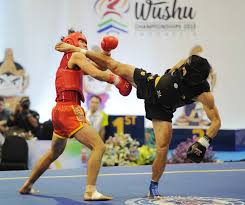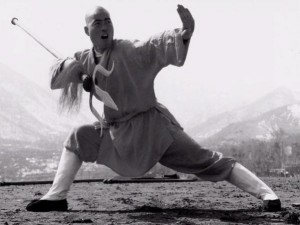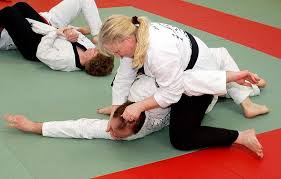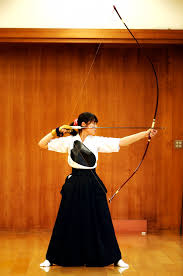Wushu sanda
 Wushu Sanda is a Chinese martial art that has been known since antiquity. In many films, you can see the platforms on which athletes and masters of various types of martial arts of China fight. This traditional platform has remained at the competitions now.
Wushu Sanda is a Chinese martial art that has been known since antiquity. In many films, you can see the platforms on which athletes and masters of various types of martial arts of China fight. This traditional platform has remained at the competitions now.
Wushu Sanda is translated as “everything is allowed” or as “everything is allowed.” Sanda is a free contact duel. Thus, everything is allowed in this type of martial arts: striking technique with arms, legs, throws, creases, captures.
There is a professional and sporting look of Wushu Sanda. Professional Wushu Sanda is used as an army hand-to-hand combat of the Chinese armed forces. Meanwhile, even for this kind of competition.
But the sports version is fundamentally different from the professional one. Sports competitions are held in protective equipment – these are: a helmet, a breastplate, an inguinal shell, gloves (at least 10 ounces) and shin pads. In professional fights, everything is removed, only the inguinal shell and gloves remain. All kinds of throws are allowed.
In a sports Wushu Sanda, after the throw is made, the athlete goes up the drain. Wrestling and striking technique in the stalls is prohibited. And in more professional advanced versions, pain strikes are allowed – just like in our Russian army hand-to-hand combat. This is actually an analogue of army hand-to-hand combat, only in the Chinese version, where there are a lot of striking techniques with legs, throwing techniques, as well as creases and grabs.
In Russia, the popularity of Wushu Sanda is gradually developing. The first who in our country paid attention to Wushu Sanda were Dagestan athletes.
How is Wushu Sanda different from Muay Thai and kickboxing?
It differs from Muay Thai (Thai boxing) in that elbows and knees are prohibited in wushu sanda. All percussion techniques are allowed, as in kickboxing, i.e. low kick, middle kick, high kick (to the head). All equipment with turns, anything, with the same hands you can strike. I emphasize once again: only elbows and knees are prohibited. But it is also different in that there are throws in traditional Muay Thai, but not in sports – these are twists.
Wushu sanda allows all kinds of throws that exist in sambo and judo, for example: grabbed with gloves, stall, throws through the thigh, with deflection – anything, all wrestling equipment is allowed. The only thing in the sports version is that painful techniques are forbidden, even in the stance, finishing off in the stalls is also prohibited, as well as there are no suffocators. The following feature was still preserved: if you took the enemy out of the platform (this is from the traditional). If the opponent flew off the platform twice, a clear victory is awarded.
How much is Wushu Sanda applicable for self-defense, what are the pros and cons?
The advantages are obvious: This is a mixed martial arts. There is all the striking technique: punches, kicks and there is a struggle.
Of the minuses, in a sports wushu-sanda there are no well-developed melee techniques with elbows and knees, and in a sports battle – only throws are not work on the ground. Meanwhile, in the traditional Wushu Sanda, which is an army hand-to-hand fighting in China, both elbows and knees are allowed.
The Asian Martial Arts Olympic Games are held in the East, where all the eastern regions perform: Japan, China, Indonesia. These games include Wushu Sanda competitions. In order that there would be entertainment: during the wrestler’s fight, they raise the stance so that there would be no fuss below in the stalls. And also in order to reduce injuries, elbows and knees were removed. As mentioned above, in professional fights there are elbows and knees.
In any kind of martial arts, there are both disadvantages and advantages for self-defense. Among the shortcomings in the sports Wushu Sanda: there are no elbows and no knees, melee only throws, there is also no stalls. In unconventional, all the same, all the equipment is given.
Moreover, if we talk about sports Wushu Sanda, all the same it is a sports discipline, so that, like in all other types of martial arts, it does not take into account important parameters for self-defense. We are talking about applied aspects: prohibited methods, the use of improvised items against an armed enemy. In general, wushu sanda is a very good basic technique for self-defense.




